- Screen, Appearance, Camera, and Function
- Batteries and CPUs can overheat

💫 Renewed Samsung Galaxy A71 5G Fully Unlocked (128GB, Prism Cube Black)

354 Review
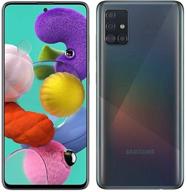
Renewed Samsung Galaxy A51 with 128GB Storage, 6.5-inch Display, Quad 48MP Camera, and Unlocked A515U Model in Black

289 Review
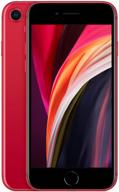
Apple iPhone SE 2020 128GB Smartphone, (PRODUCT)RED, Slimbox

305 Review

📱 Huawei P40 Lite JNY-LX1 International Version - 128GB Crush Green, Dual 4G and 6GB RAM

297 Review

Xiaomi Camera Gaming Processor Unlocked

397 Review
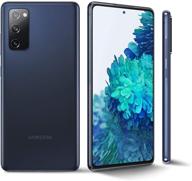
Samsung Galaxy S20 FE G780G 4G Dual 128GB 8GB RAM Factory Unlocked International Version - Cloud Navy (GSM Only)

324 Review

💫 Renewed Samsung Galaxy A71 5G Fully Unlocked (128GB, Prism Cube Black)

354 Review

💎 Renewed Samsung Galaxy S8 64GB Coral Blue Fully Unlocked Phone

383 Review
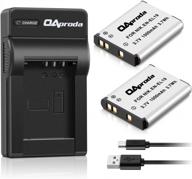
2 Pack EN-EL19 Battery & Rapid USB Charger For Nikon Coolpix S32-S7000 Cameras - OAproda

41 Review

NinjaBatt High Performance Battery For Toshiba A665 And L755 Series - 6 Cells/4400MAh/48Wh

40 Review

Perixx Peripad-202H Black Wired Numeric Keypad With X-Scissor Keys, 2 USB Hubs, And Tab Key For Enhanced Productivity

44 Review
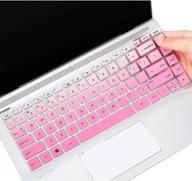
Keyboard Cover For HP Pavilion X360 14 14-Dk 14M-Dh 14-Dq/Dh 14-Fq 14-Ce/Cf 14T-Dh200 14-Dq0070Nr 14-Fq1025Nr 14-Dq0011Dx/Dq0004Dx/Dq0002 14-Dh2011Nr Fq1097Nr 14T-Dq300 14Z-Fq000 14-Cb185Nr, GPink

39 Review